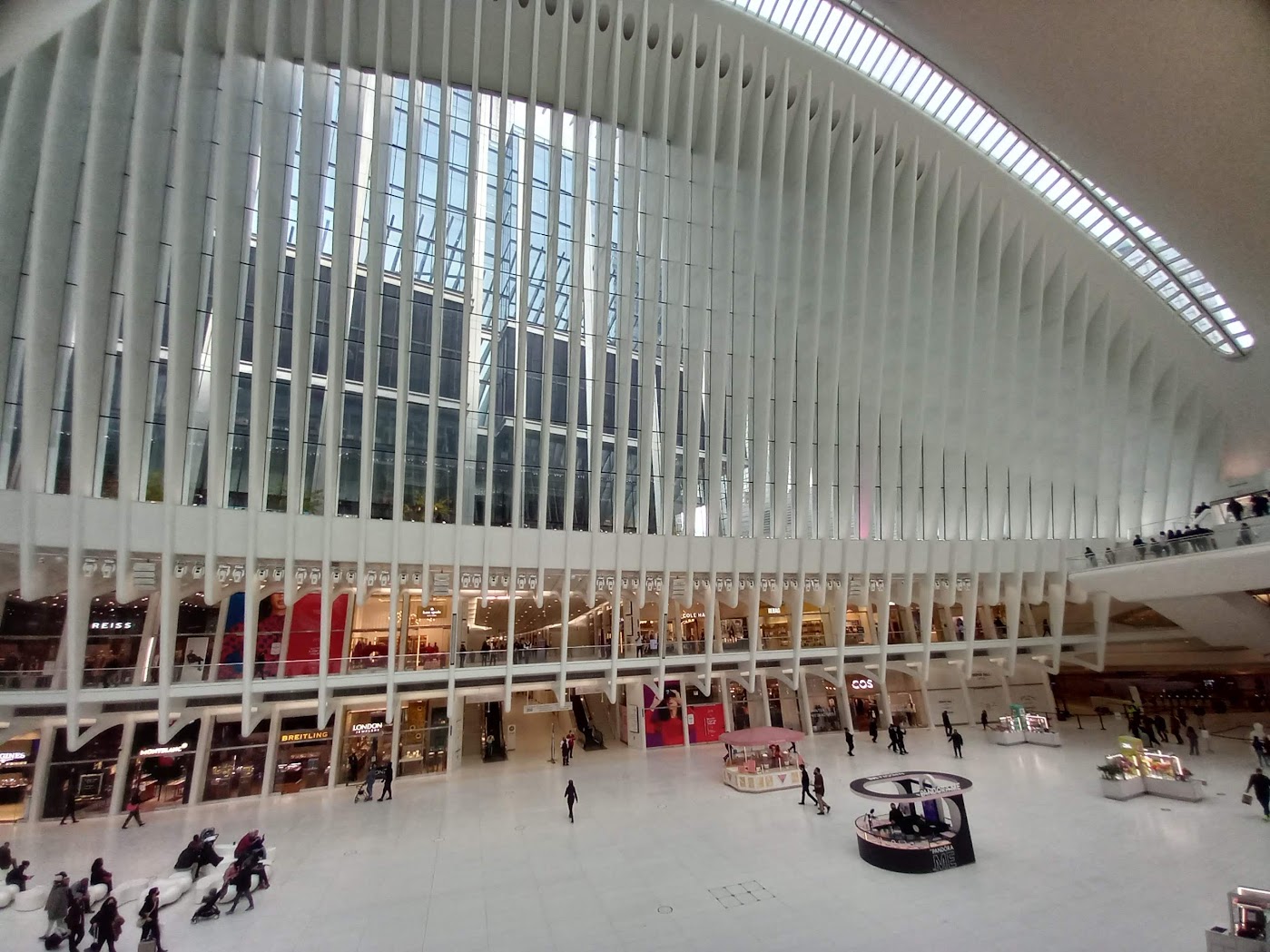The relationship between architecture and building has always been on the mind of architectural theorists. Kenneth Frampton for example, mentions in his article “On Reading Heidegger” that we still have not made a satisfactory distinction between the two. I suppose that architecture refers to the design and planning of buildings and other structures, as well as the study of the principles and elements that make up those structures. Architecture encompasses both the aesthetic and functional aspects of building design, considering both form and function in the creation of a structure.
Building, on the other hand, refers to the actual physical structure that is constructed based on the plans and designs of an architect. A building can range from a simple residential home to a complex commercial structure, but it is always a tangible, physical entity.
In other words, architecture is the process of creating and designing a building, while the building itself is the result of that process. Architecture considers the broader context of the structure, including cultural, social, and historical influences, while building refers more specifically to the physical structure itself.
Yet, not every building can be considered a work of architecture. While all buildings are physical structures, not all buildings are designed with the consideration for aesthetics, cultural context, and functional aspects that define a work of architecture.
A building can be functional and serve its intended purpose, but it may not necessarily be considered a work of architecture if it lacks aesthetic or cultural significance, or if it does not incorporate the principles and elements of design that are central to architecture.
A work of architecture, on the other hand, is a carefully planned and designed structure that takes into account all of these aspects and incorporates them into a cohesive whole. It is a deliberate creation that is intended to enhance the human experience and contribute to the cultural and aesthetic landscape of a community.
In short, a building can be functional, but it is only considered a work of architecture if it meets the standards of design and aesthetic excellence that are associated with the field of architecture.

